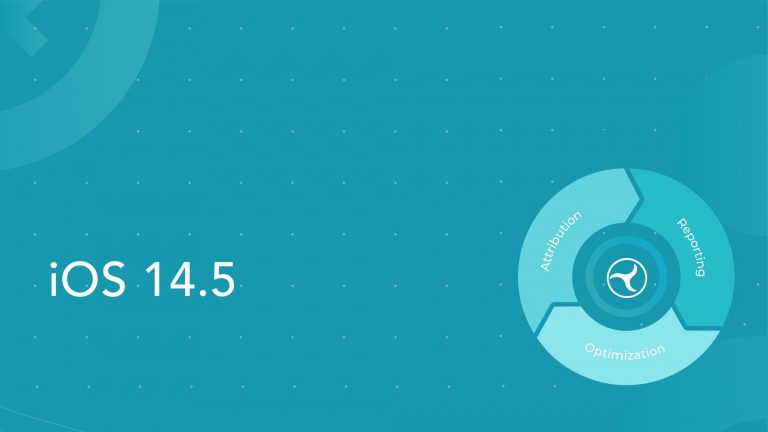
Tara Meyer
November 12, 2025
Ad revenue within the mobile game monetization industry has hit over $100 billion and is growing 2x faster than in-app purchases. Despite this shift, many developers still build monetization strategies around IAP alone, leaving a lot of money on the table.
“If we look at the data, the gaming market: when you add IAP and ad revenue together, it is actually bigger than all radio, podcasts, and cinema combined.”
Mariusz Gąsiewski, Google
According to user behavior and data expert, Mariusz Gąsiewski of Google, the share of ad revenue varies significantly across game categories, with important implications for how developers should approach mobile game monetization strategies.
From his experience working with top gaming clients across Central and Eastern Europe, he argues that your game genre is one of the biggest stand out factors. Understanding these genre-specific patterns is critical for maximizing your revenue and overall monetization strategy:
- Why ad revenue is outpacing IAP
- About ad formats in different genres
- Which game genres are growing most
Why is Ad Revenue Growing Faster than IAP?

The distribution pattern reveals why ad revenue is outpacing IAP. While in-app purchases and subscriptions concentrate among top games, ad revenue distributes broadly across the market. This longtail effect means more developers can generate sustainable revenue from ads, driving faster ad revenue growth rates compared to in-app purchases.
Mariusz explains the dynamic clearly:
“In IAP, top games have a huge share of revenue. In ads, the concentration is much smaller. If you’re a smaller developer, you often start with ads because IAP is harder—it takes more time and resources.”
This shift changes the competitive landscape entirely. In IAP-driven games, once a few dominant titles control a genre, it’s really hard for newcomers to break through. However, ad-driven monetization opens up more opportunities for small studios. That’s simply because revenue isn’t concentrated by a few big winners. It’s a fairer path to profitability without having to be at the very top.

But there’s an important nuance here. Faster growth in ad revenue doesn’t automatically mean eCPMs and advertising costs will keep rising. As Mariusz points out, new ad inventory is growing fast too, driven by AI tools, AI automation, and there are more content creators entering the space everyday. So while the market is expanding rapidly, competition for ad placements is intensifying at the same time. This high competition should help keep costs balanced.
Ad Format Strategy is Genre Dependent
So long as we’re talking about ad revenue, it’s important to note the different types of ad formats, since they also vary according to your game genre. For example, hyper-casual games with broader audiences tend to thrive on interstitial and rewarded ads, while core game genres usually optimize for IAP supplemented by strategic ad placements.
If you “look at genres like board, solitaire, word, trivia, and very casual categories, the share of ad revenue is high,” states Mariusz. He continues to explain that, “these genres target a very wide audience—a checkers or chess app can have millions of users. Even if monetization per user is low, scale makes up for it.” Basically, casual games monetization strategy is to get the highest possible ratio of users before their retention drops by using heavy interstitials and reward ads as opt-in boosts or progression aids.
“In casual games, retention is very high at the beginning but drops quickly. You try to monetize users fast, so interstitials and other formats that reach the maximum number of users play a big role.”
On the other hand there are core games like Match 3 games with a strong IAP focus, Action RPG, and 4X Strategy types.
“For core games, most of their revenue stems from a small percentage of users who are brought in as whales from Google Ads or Meta. It’s not worth the risk of losing users by pushing intrusive ads or sending them out of the game. That’s why their share of ad revenue is typically low.”
Mobile Game Revenue by Genre
Not all games are created equal, nor do they monetize in the same way. This is especially true when it comes to mobile game ad revenue. “As the graph illustrates, core verticals like 4X strategy and MOBA drive most of iOS revenue, while other verticals are big and still growing. Some smaller genres, like customization and runners, tend to grow slower than others. Merge is growing steadily, as well as interactive and idle RPGs too. For Android, growth tends to be overall slower than on iOS, but the structure of growth and declining genres is similar,” explains Mariusz. Understanding these growth differences is critical for building a sustainable hybrid monetization model for your app:

“In general, genres that combine strong monetization with a good entry for more casual users are doing well. Everyone talks about games like Whiteout Survival and other titles that blend deep gameplay with a good opening for wider audiences.”
However, he also notes that gore games take considerably longer to develop, therefore it’s usually only reserved for larger gaming studios. For example, “Monopoly GO! was reportedly developed over seven years.” Compared to more simple, casual ad-based games, development can take only a few weeks.

In the end, it becomes more of a strategic choice. Smaller teams and gaming studios will focus on niche or casual ad-driven games that have a faster time-to-market. Larger studios have the privilege of time and resources to invest in core games, knowing high-value users can bring in $50-60 USD per install.
Key Takeaways
The data reveals that mobile game monetization is fragmented by genre. The old playbook that favors optimization for IAP and treating ads as secondary no longer applies across the board.
Mobile ad revenue has not only caught up to IAP; it’s growing faster and distributing more evenly. That creates real opportunity for studios that don’t have the resources to compete with big games like MONOPOLY GO! or Candy Crush solely on IAP. It opens up room for more players, proving that nuances within the genre gap are even more important to grasp.
Casual games thrive on scale and ad impressions. Core games thrive on retention and high-value purchases made by users. The genre you choose dictates not only just your design, but your entire go-to-market strategy.
As Mariusz puts it:
“Gaming is a high-risk, high-reward business.”
The main question isn’t whether to monetize with ads or IAP. It’s whether as an app developer, you’re optimizing the right mixes and modes for your genre, and whether you have the tools to measure insights and act on it.
If you’re ready to build a mobile game monetization strategy backed by real data, Tenjin helps app developers track IAP, ad revenue, and LTV all in one platform.























































































